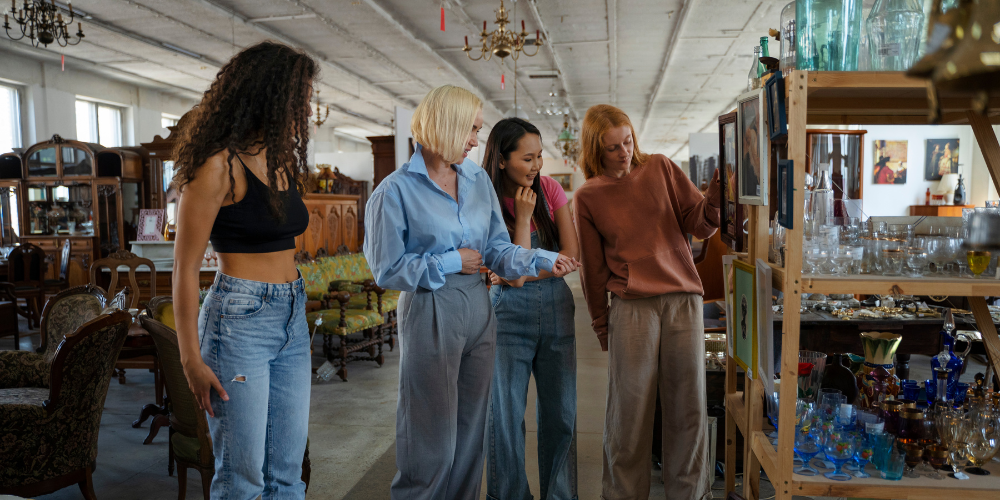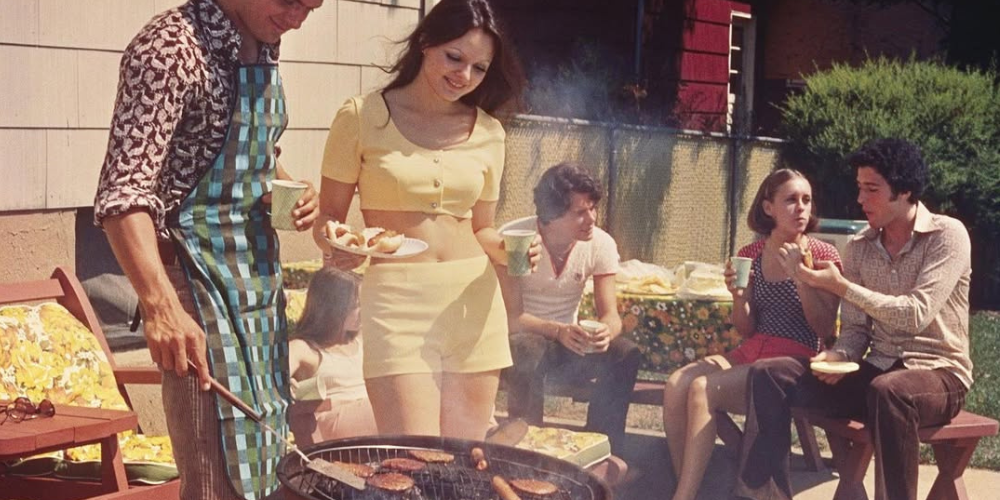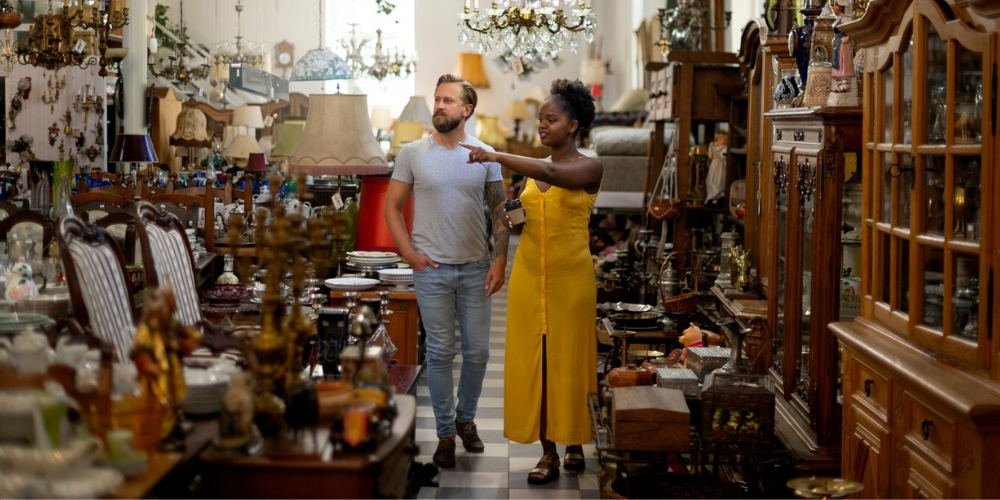Walking through the bustling streets of a city that has survived generations, undergone many changes, and has an intriguing history makes the place all the more fascinating.
In this article, we travel back to the 1970s and see what Britain was like at the time.
Right at the Cusp of Change

England right before a significant change
The ‘70s were not a peaceful time for the country. After World War II had ended, many nations around the world experienced an economic boom. Due to the high of the industrial revolution, things were also looking good for the UK until 1973.
The situation for the citizens and the government took a turn for the worse when the oil crisis hit. OPEC, a major oil corporation, had banned exportation of oil to the western countries.
This resulted in vast unemployment, high inflation, and destructive strikes. It was not ideal to live in Britain as prices were on the rise and people had no money.
Sanitation workers also simultaneously went on strikes, which lead to trash accumulating on the streets. Gravediggers, coal workers, and nurses soon joined the protests. As a result, the country introduced a 3-day work week to save fuel.
In London, protests began to take an ugly form, and the police had their hands full. Racism was also rampant and caused a vast divide to occur in society.
Matters further plummeted when the UK was rocked by a terrorist attack that included 40 bombings by the Irish Republican Army.
All the upheaval led to a path of positive changes such as securing women’s rights and the evolution of punk culture.
Positive Occurrences

Bogdan Sonjachnyj/shutterstock: The time when the Brits changed their views
While all the protests did make the situation grim, there was some good news.
Feminism made huge strides. In 1970, the Equal Pay Act was passed by the parliament, and after pressure from activists, it was finally enacted in 1975. Contraception was made available free of cost in 1974.
A year later, the government made it illegal for an employer to discriminate against employees based on gender.
Punk culture also started cementing its place with eccentric hairstyles and piercings. There was a lot of resentment towards the officials, and people were not afraid to speak their minds.
Residents started moving out of the big cities to live in communes by rejecting the current political state.
Seeing the shambles, new political parties began cropping up with the most notable being ‘People Party,’ which focused on sustainability and environmental issues. It still exists to date under a different name.
LGBTQ communities also started raising their voices with the first Pride Parade organized in 1970. Along the lines of technological innovation, the first Concorde flight was successfully operated between Heathrow and JFK, New York.
Pop Culture Scene

A.RICARDO/shutterstock: England’s 70s pop culture scene
It would simply be a sin not to mention the iconic evolution of Pop music. Legendary artists such as Led Zepplin, Pink Floyd, David Bowie, Elton John, Queen, Cat Stevens, and many more started arriving on the music charts.
The ‘70s played an instrumental part in fashion too. People were experimenting openly without any judgment, and there were no rules. Bell-bottoms, disco styles, vintage style clothing, and skirts ruled the day!
It was a stark contrast to the previous years when the population dressed more conservatively, and there weren’t many choices around.
Every decade has its positives and negatives, but the ‘70s were truly remarkable. It created trends and gave us artists that left a lasting impression!





